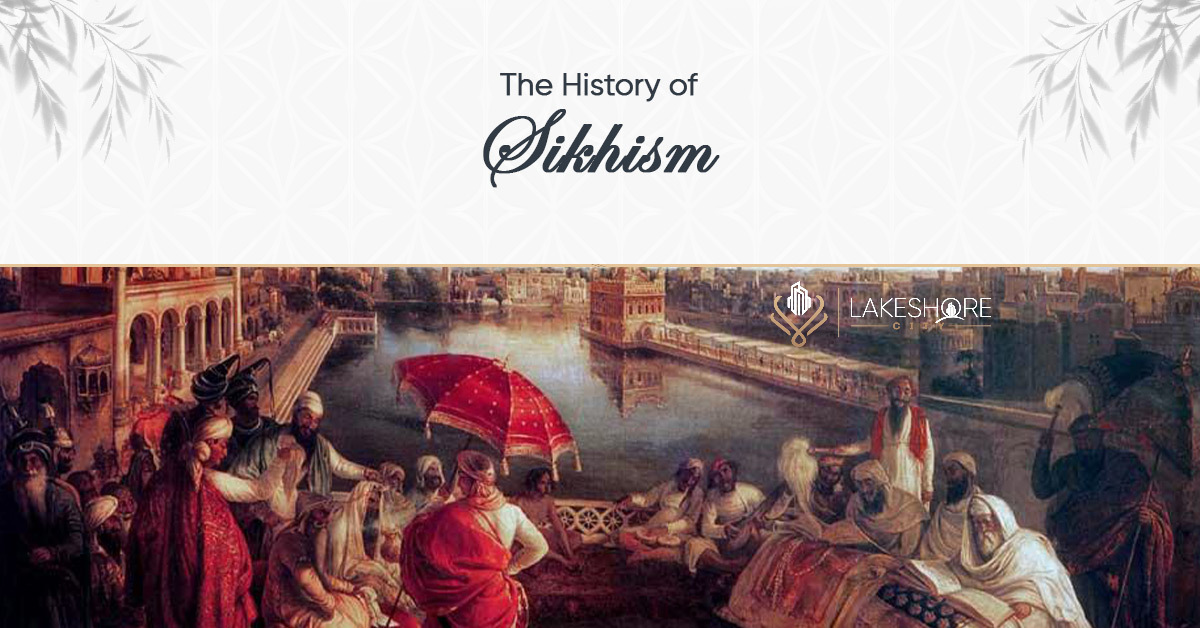Guru Nanak, the founder of the Sikh religion, was born in South Asia’s Punjab region in the year 1469 CE. He led a life marked by spirituality, service, and integrity, and the followers of his teachings became referred to as Sikhs. Ten religious leaders, or gurus, oversaw the development of the Sikh community; the last of these perished in 1708 CE. The Guru Granth Sahib, a sacred document of the Sikh faith, and the Guru Khalsa Panth, a group of initiated Sikhs, currently have the sway over the community.
The Guru Granth Sahib, the Sikh text, is regarded as having final authority in Sikh religion. The Gurus’ musical writings are included in the text, which they themselves put together. The works of other spiritually advanced individuals who lived in South Asia and had a similar perspective were also adopted by the Gurus. The nature of heavenly experience and the methods one can employ to acquire it are central to the subjects of the canonical works. The entire text is composed of verse poetry, and the majority of it is accompanied by music.
The Guru Granth Sahib is revered by Sikhs as a revealed text and is essential to their devotional and ceremonial practises. The focal point of Sikh worship venues is the scripture, which is relatively enormous in size. The gurdwara is designed after an early modern South Asian imperial court, which aids in reminding worshippers of its regal and suzerain status. On a throne, the Guru Granth Sahib is put, and a volunteer takes care of it. The scripture is also incorporated in some form into every Sikh life ceremony. For instance, the bride and groom circle the Guru Granth Sahib several times during a Sikh wedding in order to, among other things, symbolically convey the significance of the teachings within their own lives.
The Sikh community was nurtured by each of the ten Sikh Gurus, and over time, the community developed its own sense of duty. It transitioned from having little influence during the reign of Guru Nanak to being consulted by the Sikh Gurus when important decisions needed to be made. The tenth Sikh Guru, Guru Gobind Singh, called on all Sikhs to congregate in the city of Anandpur on Vaisakhi, the day that historically marked the celebration of the harvest festival, and this action signified the culmination of the community’s influence in 1699 CE.
The society of initiates was properly institutionalised and granted authority at this time. This group, later known as the Guru Khalsa Panth, offered those who were devoted to the Sikh way of life an official framework. Accepting initiation (amrit) and adopting some of the fundamental principles that have come to be stated in the Sikh code of conduct (Rehat Maryada) are two ways to show this commitment. The guidelines in this text mandate daily prayer and the wearing of the five articles of faith, among other things, for initiated Sikhs.
Read More: Who are the Sikhs and What are their Beliefs?
Don’t miss the chance to invest with Lakeshore! Secure your investment today by investing your financial investment with Lakeshore in the following available options like Lakeshore City, Lakeshore Club, and Lakeshore Farms.
For More updates, please Contact +92 335 7775253 or visit our website https://lakeshorecity.com/
Lakeshore City is the upcoming elite lifestyle at Khanpur Dam. Offering no parallel amenities for the members and owners of distinguished farmhouses.
Become Part of Luxurious Lifestyle
Contact: 0335 7775253



